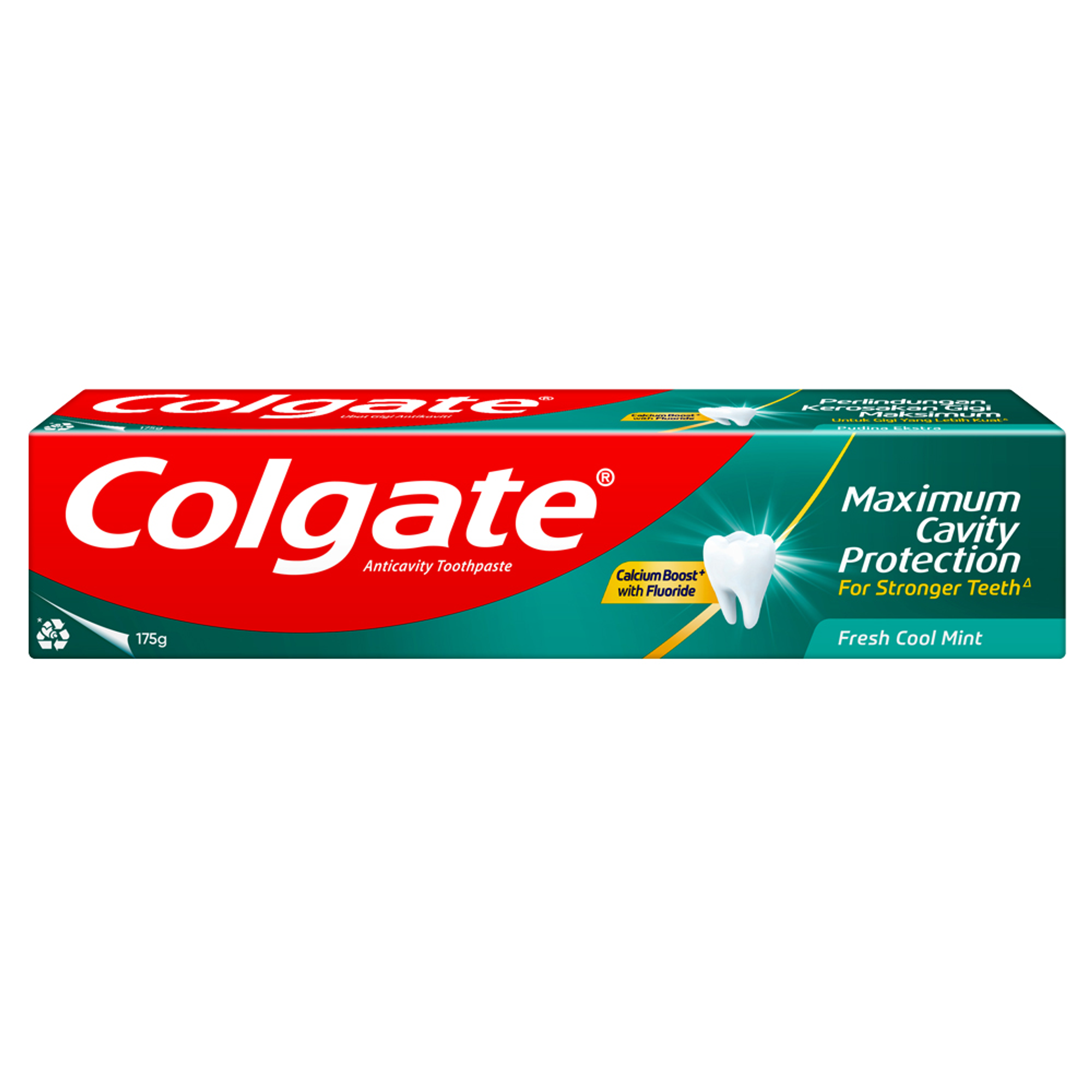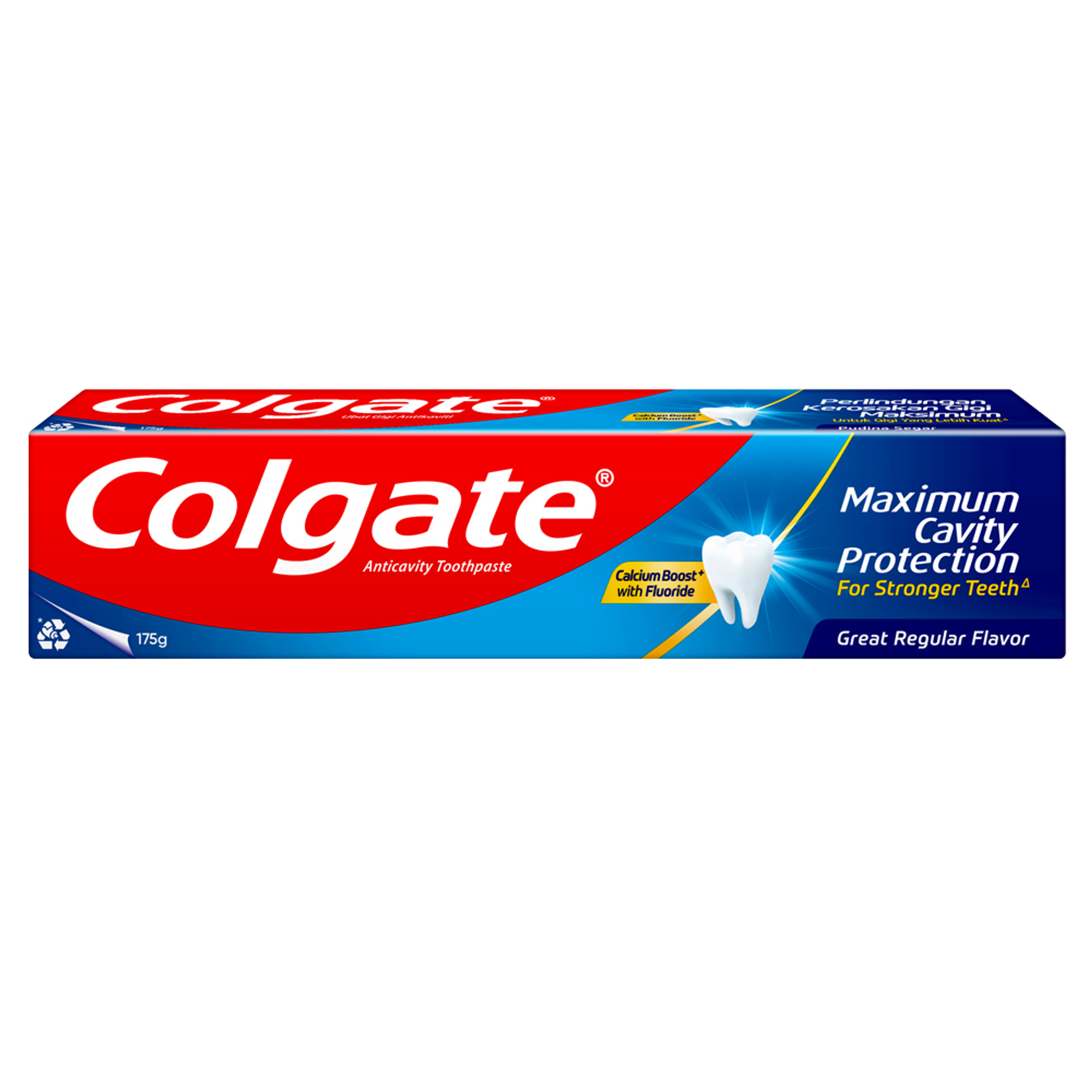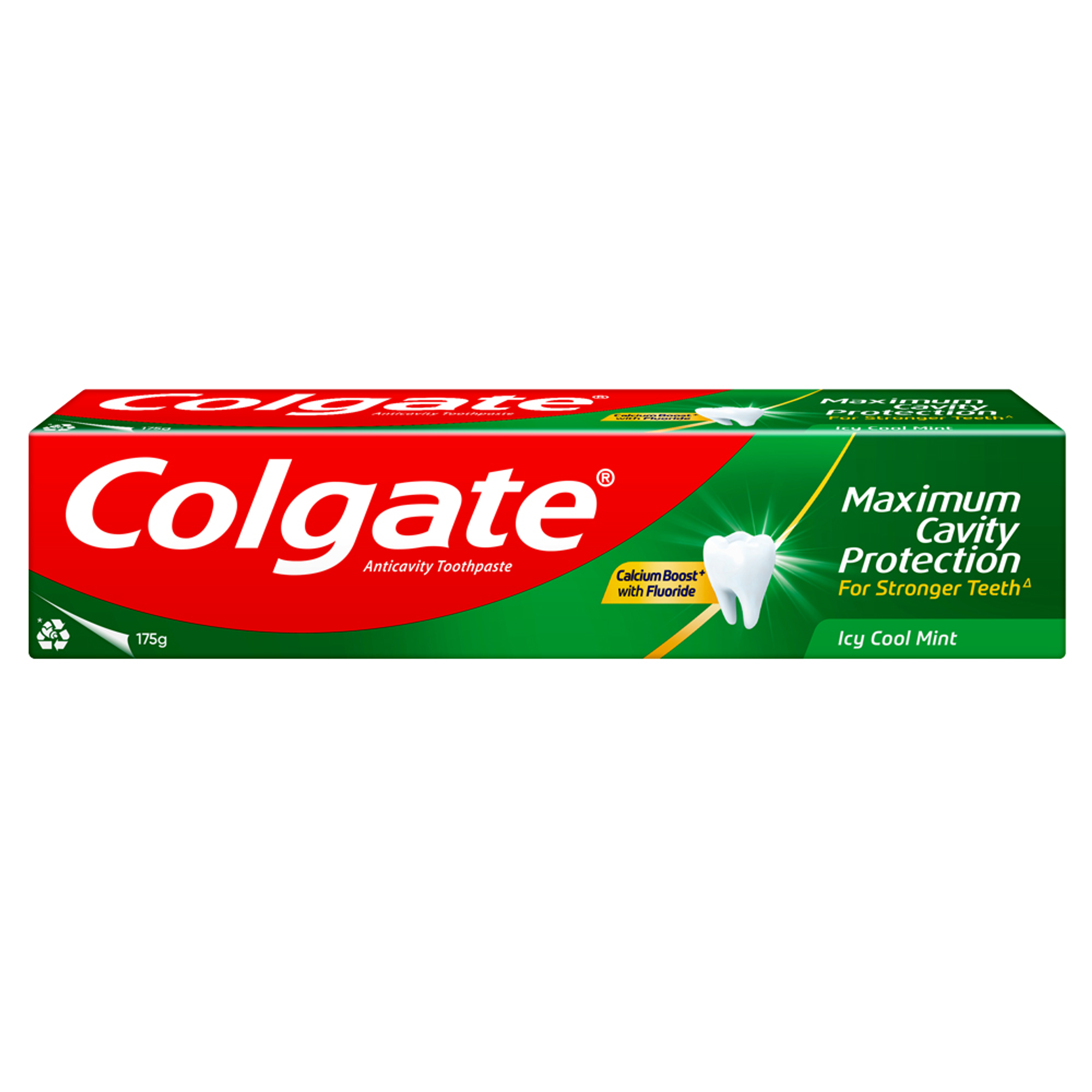-
-

FLUORIDE
Discover how stannous fluoride toothpaste prevents cavities and other oral health issues. Learn the key benefits of fluoride for teeth and its best uses.Fluoride plays a vital role in oral healthcare...

TEETH WHITENING
Teeth Whitening Serum for a Brighter, Confident SmileWho does not want whiter and brighter teeth? Thanks to the many teeth-whitening products available today...
-
Science & Innovation
- Colgate® | Toothpaste, Toothbrushes & Oral Care Resources
- Oral Health
- Dental Caries : Prevalence, Statistic and Prevention


Dental caries, as with many other conditions, has its own set of contributing factors that include genetic, environmental and behavioural. Some factors that are more easily controlled by daily regimen and treatment are oral hygiene, diet, dentition, cariogenic bacteria, exposure to fluoride, exposure to pH-altering liquids and quality and quantity of saliva. But there are other factors that play a significant role in the prevalence of dental caries and that either cannot be changed or resist change: age, sex, race, ethnicity, genetic predisposition and especially economic status and access to dental care. Using this information, populations at risk for caries can be identified.
Prevalence of Dental Caries
Prevalence is the statistical number of cases of a condition found in a specific population at a specific time. Incidence is the number of new cases that happen during a specific period. Greater public awareness, fluoridation of the water supply, fluoride toothpaste and use of fluoride varnishes in dental practices has contributed to greater dental health among populations.
Even in a country like Singapore with 100 per cent fluoridation, 40 per cent of children in Singapore under six years old were found to have early childhood caries (ECC) in a study conducted in 2009, with 90 per cent of those caries untreated. In terms of oral health awareness among parents, only 8 per cent of Singaporean children aged three to six years and 3 per cent aged 18-48 months were brought to the dentist regularly.
Statistical Information in Singapore
A 2016 survey found that 31 per cent of Singaporeans aged 60 and above were totally toothless. This was considerably higher than the 17 to 20 per cent in other developed nations, as reported in The Straits Times. According to Associate Professor Goh Bee Tin in the news article, most people only go to a dentist when there is a problem, by which time it is too late. The National Dental Research Institute Singapore (NDRIS) was then launched in 2019 to address Singapore's oral health issues. It will conduct surveys to study oral hygiene habits of the population, and improve overall dental health via research, education and policy recommendations.
Treatment and Preventive Strategies
The NDCS Paediatric Dentistry Clinic has launched an oral health programme for infants and toddlers in Singapore. Children under 18 months were enrolled in a two-year risk-based preventive oral health programme. The programme includes oral health education about the aetiology of dental caries, caries progression and prevention, and parental oral health. Also, anticipatory guidance is given on diet, oral health care practices, including tooth brushing and fluoride use, non-nutritional habits, trauma prevention, and growth and development. Topic fluoride varnish was applied in all tooth surfaces for children with high caries risk.
Awareness, access to care, early intervention and fluoride varnish care will reduce the incidence of new caries. Varnishes should be a part of every dentist's regimen to prevent decay in those individuals at risk for root caries. This will be especially important for ageing populations. Caries is a condition that can be eliminated.
Related Articles



A root cavity occurs on the root of your tooth rather than the enamel. Learn more about how to prevent and treat this type of cavity.
Related Products

Helping dental professionals
More professionals across the world trust Colgate. Find resources, products, and information to give your patients a healthier future







